
Step right up, history buffs and marketing aficionados! We’re about to embark on a fascinating journey through the annals of television advertising, a realm where creativity, psychology, and sheer ingenuity collided to produce commercials that didn’t just sell products—they shaped generations, redefined cultural norms, and became indelible parts of our collective memory.
From catchy jingles that refused to leave your head to dramatic narratives that challenged societal expectations, these vintage TV ads are far more than mere relics of the past. They are vivid time capsules, offering a peek into the evolving values and attitudes of their eras, and surprisingly, they still hold powerful lessons for today’s fast-paced digital world. There’s an inherent allure to these old-school campaigns, a nostalgic pull that connects us to simpler times while revealing the timeless power of compelling storytelling and smart design.
In an age where content is king and attention spans are fleeting, it’s truly remarkable to see how these pioneering advertisements, using principles like strategic color psychology and memorable brand messaging, created lasting emotional connections. They mastered visual hierarchy and graphic design decades before algorithms ruled our feeds, proving that a well-crafted message, delivered with wit and insight, can indeed change the world. Join us as we revisit seven of these groundbreaking American TV commercials that truly changed the game.
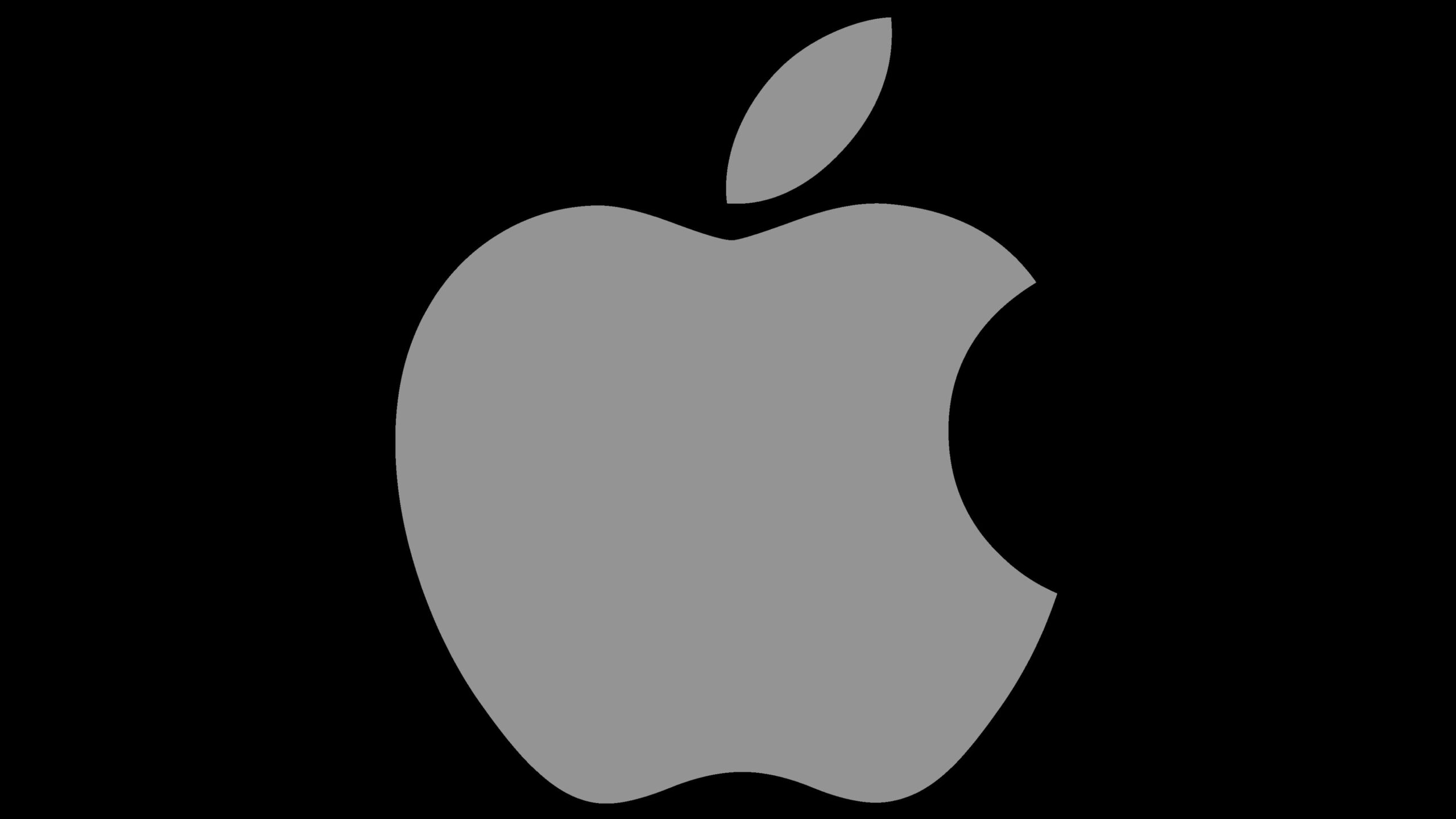
1. **Apple’s “1984” Revolutionized Super Bowl Advertising**Imagine the collective gasp across America during Super Bowl XVIII in 1984. What audiences saw wasn’t just another product pitch; it was a cinematic masterpiece directed by Ridley Scott, an advertisement that aired only once yet etched itself into advertising history. This was Apple’s audacious introduction of the Macintosh personal computer, boldly playing on George Orwell’s dystopian novel “1984” to position itself as a beacon of freedom and individuality against a backdrop of conformist society.
The commercial’s dramatic imagery, featuring a lone heroine shattering the oppressive gaze of Big Brother with a sledgehammer, delivered a powerful narrative that instantly captivated millions. It wasn’t merely showcasing a computer; it was delivering a profound cultural statement, setting an unprecedented standard for what a Super Bowl advertisement could achieve. This audacious move demonstrated the immense potential of television commercials to transcend product messaging and become a commentary on society itself.
This single airing generated an immense buzz and garnered widespread media coverage, a testament to the power of a brilliantly conceived advertisement to create a lasting impact and ignite consumer interest. The brilliance lay in its ability to tap into universal themes of rebellion and aspiration, presenting Apple not just as a tech company, but as a force for positive change. It leveraged aspirational messages, suggesting the product could enhance one’s lifestyle and status by aligning with deeply held values of freedom and self-expression.
Apple’s “1984” commercial cemented the company’s reputation as an innovative and forward-thinking pioneer, solidifying its brand identity early on. It remains a benchmark for creative excellence, showcasing how a campaign that prioritizes brand storytelling over complex layouts can forge lasting emotional connections and influence consumer behavior for decades to come. This ad masterfully appealed to people’s self-fulfillment and esteem needs, as outlined by Maslow’s hierarchy, promising more than just a computer but a tool for liberation.

2. **Coca-Cola’s “Hilltop” Taught the World to Sing**Fast forward to 1971, a time of significant social and political upheaval, and into this landscape entered Coca-Cola’s “Hilltop” commercial. This now-legendary ad featured a diverse group of young people from across the globe, gathered on a verdant hillside, singing the iconic refrain, “I’d Like to Buy the World a Coke.” It was a message of unity and harmony, delivered with an irresistible melody, that resonated deeply with audiences yearning for connection.
The commercial’s incredibly catchy jingle and its powerfully inclusive message made it an instant hit and secured its place as one of the most beloved advertisements in television history. It brilliantly linked the Coca-Cola brand with positive, universal values such as peace, togetherness, and connection, thereby significantly enhancing its global appeal. This was a classic example of creating a lasting emotional connection by associating a product with deeply held human desires.
“Hilltop” quickly transcended its role as a mere advertisement; it became a genuine cultural phenomenon. The song was so popular that it was released as a single and soared to the top of the music charts, further embedding the commercial’s profound message into the fabric of popular culture. This level of integration showcased the immense power of advertising to not only entertain but also to become a part of the cultural zeitgeist.
Coca-Cola’s “Hilltop” demonstrated with remarkable clarity the ability of advertising to move beyond simple product promotion and forge deep, emotional bonds with its audience. By tapping into the spirit of the times and offering a vision of global unity, it created an enduring legacy for the brand, proving how heritage brand campaigns can connect with consumers on a visceral level, fostering a sense of shared humanity.
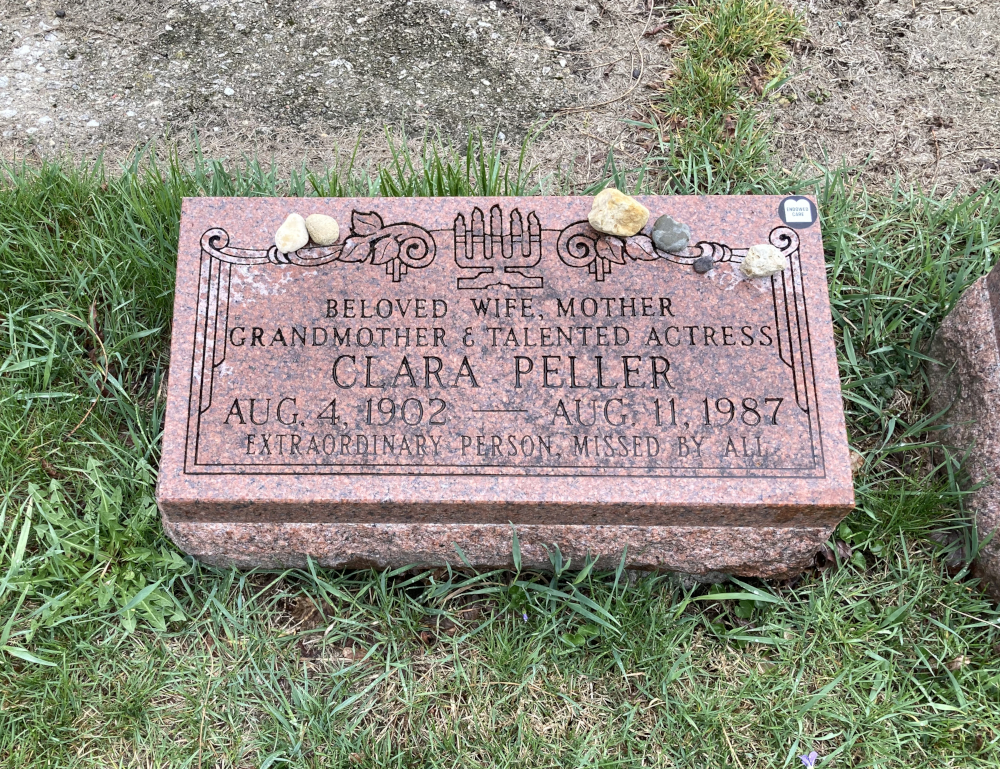
3. **Wendy’s “Where’s the Beef?” Became a Cultural Catchphrase**In 1984, the same year Apple made its splash, Wendy’s launched a commercial that would become equally iconic, albeit with a very different tone: “Where’s the Beef?” This unforgettable ad featured three elderly women, most notably Clara Peller, comically examining an oversized hamburger bun with a noticeably minuscule patty inside. Peller’s indignant, simple, yet powerful exclamation, “Where’s the beef?” immediately captured the public’s imagination.
The brilliance of this advertisement lay in its clever, direct critique of competitors’ skimpy burgers, positioning Wendy’s as the superior choice offering more substantial and satisfying fare. Its straightforward humor and relatable message resonated profoundly with consumers who appreciated the honest, no-nonsense approach. This campaign perfectly illustrates how simple, memorable slogans can cut through the noise and directly address consumer concerns with a witty, playful tone.
What’s truly remarkable is how “Where’s the Beef?” quickly transcended the realm of advertising, infiltrating political discourse and becoming a staple in everyday conversations. It was referenced by politicians seeking to question their opponents’ substance, by comedians for punchlines, and by the general public in countless contexts, showcasing the ad’s incredible widespread cultural impact and its ability to shape linguistic trends. It became a cultural reference point, bridging generations.
The resounding success of “Where’s the Beef?” underscored the immense effectiveness of a strong, memorable tagline in creating clear brand differentiation and driving consumer engagement. It highlighted the importance of understanding consumer needs and addressing them through compelling, often humorous, and undeniably relatable messaging. The campaign used repetition effectively to imbed the product name and slogan into public consciousness, relying on the mere-exposure effect to build preference.
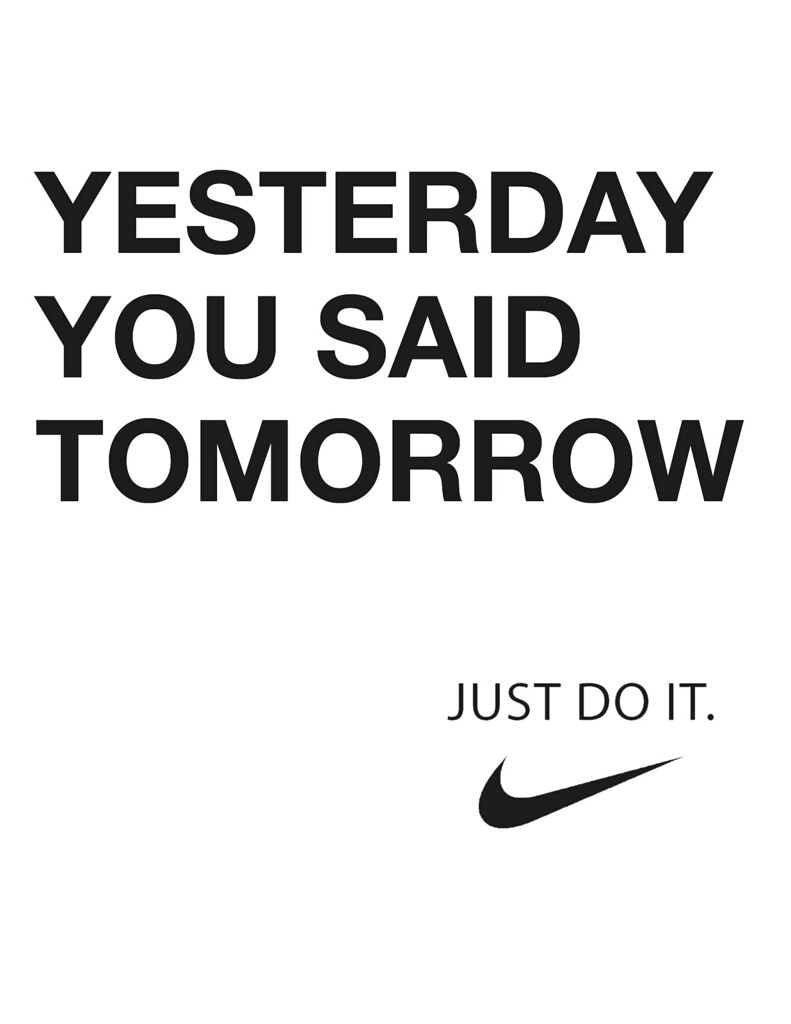
4. **Nike’s “Just Do It” Inspired a Movement**When Nike launched its “Just Do It” campaign in 1988, it wasn’t just introducing a new slogan; it was unleashing a powerful motivational mantra that would resonate globally. The series of commercials showcased athletes of all abilities, from professionals to everyday enthusiasts, overcoming immense challenges and relentlessly pushing their personal limits. The three-word tagline became synonymous with ambition and perseverance, a call to action that appealed to a vast and diverse audience.
The campaign’s astonishing success was deeply rooted in its universal appeal and profound emotional impact. It skillfully tapped into the innate human desire for achievement, encouraging individuals from all walks of life to pursue their goals and dreams, regardless of their athletic prowess. Nike positioned itself not merely as a sportswear brand, but as a champion of personal achievement, determination, and individual potential.
“Just Do It” evolved into far more than just an advertising slogan; it transformed into a bona fide cultural phenomenon that inspired millions to take decisive action in their lives. The campaign famously featured iconic athletes such as Michael Jordan and Serena Williams, whose presence further amplified its credibility and extended its reach into every household. These testimonials and endorsements built significant trust and credibility, harnessing the principle of social proof.
Nike’s “Just Do It” remains one of the most successful and enduring advertising campaigns in history, demonstrating the extraordinary power of a simple yet profoundly resonant message to inspire, motivate, and forge a deep, lasting connection with audiences. It exemplified how heritage brand campaigns can create lasting emotional connections by speaking to deeply held personal values and aspirations.

5. **De Beers’ “A Diamond is Forever” Defined Love and Commitment**Shifting our gaze back to 1947, we encounter a campaign that didn’t just sell a product but fundamentally reshaped an entire industry and societal tradition: De Beers’ “A Diamond is Forever.” This slogan, crafted by copywriter Frances Gerety, became one of the most recognized and enduring in advertising history, transforming the diamond into the ultimate, indispensable symbol of everlasting love and unwavering commitment.
The campaign’s remarkable success was intricately tied to its genius in creating an unbreakable emotional connection between diamonds and significant life milestones, particularly engagements and weddings. It elevated diamonds to a status of timelessness and invaluable sentimental worth, making them an essential, almost non-negotiable, component of romantic traditions worldwide. This was an aspirational message that skillfully catered to people’s self-fulfillment and esteem needs.
“A Diamond is Forever” did more than just dramatically boost diamond sales; it profoundly influenced cultural perceptions of love, marriage, and commitment itself. The campaign’s impact was so pervasive that it actively shaped societal norms and expectations surrounding engagement rings and wedding jewelry, creating a demand that felt natural and deeply ingrained rather than commercially manufactured. It became an essential cultural reference, a touchstone for romantic milestones.
De Beers’ advertising strategy stands as a powerful testament to the influence of branding in creating and sustaining demand for a product by meticulously associating it with deeply held values and profound emotions. This approach showcased how effectively tapping into core psychological principles can not only sell a product but also fundamentally alter cultural practices and beliefs, establishing a timeless brand message.

6. **McDonald’s “You Deserve a Break Today” Promoted Convenience and Quality**In 1971, McDonald’s launched a campaign that perfectly captured the zeitgeist of a bustling era: “You Deserve a Break Today.” This memorable campaign, featuring an instantly catchy jingle crafted by ad agency Needham, Harper & Steers, skillfully emphasized the burgeoning need for convenience and the consistent quality of its fast-food offerings. It played a crucial role in establishing McDonald’s as an undisputed leader in the fast-food industry.
The campaign strategically highlighted the meticulous cleanliness of McDonald’s restaurants and the evident care taken in preparing its food, directly addressing any nascent consumer concerns about fast food quality. It brilliantly positioned McDonald’s as an accessible sanctuary where customers could momentarily escape the demands of their busy lives and savor a consistently reliable, enjoyable meal. This messaging was both practical and emotionally appealing, striking a delicate balance.
“You Deserve a Break Today” resonated powerfully with an incredibly broad audience, from harried parents juggling responsibilities to hardworking professionals seeking a quick respite. The combination of its infectious jingle and universally relatable message made it remarkably memorable and extraordinarily effective in driving brand recognition and loyalty. The use of repetition in the jingle helped imbed the message into public consciousness.
McDonald’s advertising strategy masterfully showcased the critical importance of intimately understanding consumer needs and then addressing them through compelling, empathetic, and highly relatable messaging. It demonstrated how focusing on practical benefits combined with emotional appeal can lead to rapid expansion and enduring success, creating a heritage brand campaign that spoke directly to the everyday realities of its target demographic.

7. **Budweiser’s “Whassup?” Became a Pop Culture Phenomenon**As the millennium drew to a close in 1999, Budweiser unleashed a campaign that would swiftly become a cultural touchstone: “Whassup?” This uniquely humorous ad featured a simple, yet utterly relatable, premise: a group of friends greeting each other with the now-famous, drawn-out phrase, “Whassup?!” The depiction of casual male camaraderie and the ad’s inherent wit struck an immediate chord with audiences, catapulting it to instant hit status.
The campaign’s phenomenal success was rooted in its compelling simplicity and undeniable authenticity. It brilliantly captured a genuine, everyday moment of connection and banter between friends, making it extraordinarily relatable and remarkably memorable. The phrase “Whassup?” very quickly infiltrated popular culture, being referenced endlessly in movies, television shows, and becoming a ubiquitous part of everyday conversations, a true cultural reference.
“Whassup?” was far more than just a beer advertisement; it transformed into a significant cultural touchstone that resonated across a wide demographic. The campaign’s influence extended well beyond the confines of the beer industry, subtly influencing how people communicated and interacted with each other in casual settings. It was a testament to the power of a simple, witty concept to achieve widespread cultural integration.
Budweiser’s “Whassup?” campaign powerfully demonstrated the impact of a simple, relatable concept to create a lasting cultural impact and significantly drive brand recognition. It underscored the effectiveness of lighthearted humor and authentic human connection in making a brand not just visible, but deeply integrated into the public consciousness, shaping behavior through sheer relatability and infectiousness. This witty and playful tone made learning fun without undermining the factual basis of brand recognition.

8. **Old Spice’s “The Man Your Man Could Smell Like” Reinvigorated a Classic Brand**Fast forward to 2010, and a classic brand decided it was time for a reinvention that would echo through the digital age. Old Spice launched its unforgettable “The Man Your Man Could Smell Like” campaign, starring the effortlessly charismatic actor Isaiah Mustafa. This series of ads featured Mustafa delivering rapid-fire monologues, often mid-action, while performing increasingly absurd and hilarious feats. It was a masterclass in witty, confident communication, breathing new life into a brand that had been a household name for decades and drawing in a whole new generation of consumers.
The genius of this campaign lay in its multi-layered appeal. Its clever writing and engaging visuals, combined with Mustafa’s undeniable charm, made it a hit not just with men, but equally with women, who often make purchasing decisions for household and personal care products. Old Spice products suddenly became desirable for their humor and the sheer audacity of their charm, rather than just their scent profile.
“The Man Your Man Could Smell Like” didn’t just quietly succeed; it exploded into a viral sensation, racking up millions of views on YouTube and sparking widespread discussion across all social media platforms. It vividly demonstrated the immense power of combining humor with genuine creativity to capture audience attention and drive brand engagement in an era increasingly dominated by online content. It proved that even established brands could innovate their way to renewed relevance.
This advertising strategy by Old Spice serves as a brilliant blueprint for how to reinvent a classic brand. It highlighted the critical importance of staying relevant and appealing to new audiences without abandoning the core identity that made the brand special in the first place. It was a bold, hilarious, and ultimately incredibly successful pivot that cemented its place in advertising history.
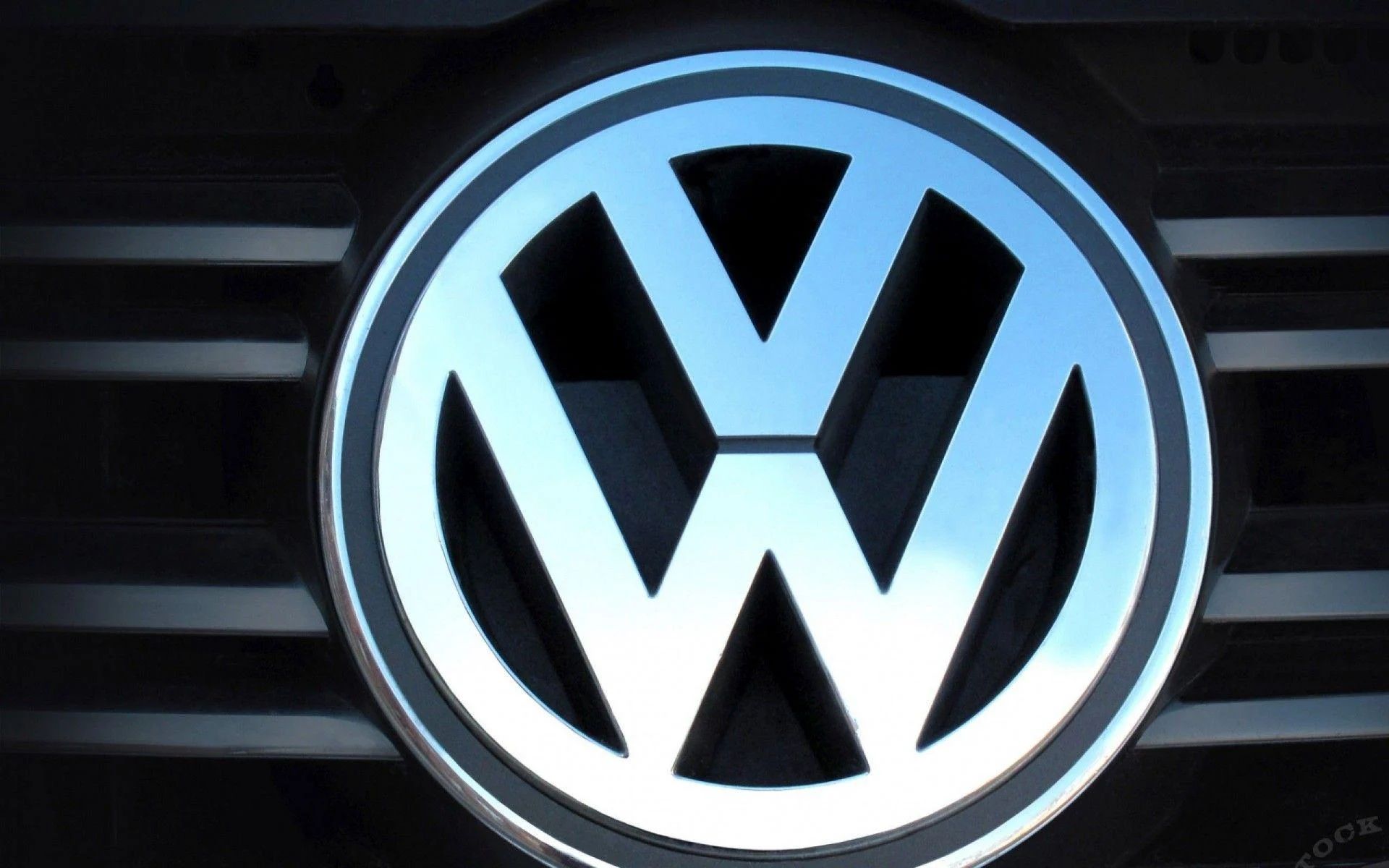
9. **Volkswagen’s “Think Small” Redefined Car Advertising**Venturing back to 1959, we find an advertising campaign that dared to be different in a world obsessed with bigger, flashier cars. Volkswagen’s “Think Small,” conceived by the visionary ad agency Doyle Dane Bernbach, completely revolutionized car advertising. Its minimalist approach featured a small image of the iconic Volkswagen Beetle, surrounded by ample white space, accompanied by the pithy tagline “Think Small.” This was radical for its time, eschewing the bombast of its competitors for something far more understated.
The profound success of this campaign was rooted in its refreshing honesty and elegant simplicity. It didn’t shy away from the Beetle’s compact size; instead, it ingeniously turned it into a positive attribute, appealing directly to consumers who prioritized practicality, efficiency, and a touch of understated charm. The ad’s straightforward, often humorous tone stood in stark contrast to the exaggerated and often verbose car advertisements prevalent during that era.
“Think Small” was a groundbreaking campaign that fearlessly challenged conventional advertising norms, striking a deep chord with a diverse audience looking for something genuine. It meticulously positioned Volkswagen as a brand that was honest, reliable, and delightfully distinct from the competition, laying the groundwork for a brand personality that endures to this day.
Volkswagen’s innovative advertising strategy powerfully demonstrated the art of embracing a product’s unique qualities, even its perceived shortcomings, and transforming them into a compelling and utterly memorable message. It proved that sometimes, less is indeed more, especially when delivered with wit and conviction.

10. **Always’ “Like a Girl” Challenged Gender Stereotypes**Moving to 2014, Always launched a profoundly impactful campaign that aimed not just to sell a product, but to challenge and fundamentally change a deeply ingrained cultural perception. “Like a Girl” sought to dismantle the negative connotations often associated with the phrase “like a girl.” The campaign featured a compelling social experiment, asking individuals to perform various actions “like a girl,” thereby powerfully revealing the damaging impact of gender stereotypes on self-esteem and confidence.
The campaign’s overwhelming success stemmed from its incredibly powerful message and deep emotional resonance. It acted as a catalyst, encouraging viewers across the globe to rethink their preconceived notions of what it truly means to do something “like a girl,” and actively promoted messages of gender equality and empowerment for young people everywhere. This was advertising with a purpose, a true cultural intervention.
“Like a Girl” quickly became a viral sensation, accumulating millions of views and sparking widespread, vital conversations about the insidious nature of gender stereotypes. It powerfully illustrated the incredible potential of advertising to transcend commercial goals and genuinely address significant social issues, driving meaningful cultural change one perception at a time.
Always’ advertising strategy brilliantly highlighted the importance of a brand utilizing its platform to champion positive social messages and connect with consumers on a far deeper, more values-driven level. It showed that brands could be agents of change, fostering relationships built on shared beliefs and aspirations for a better, more equitable world.
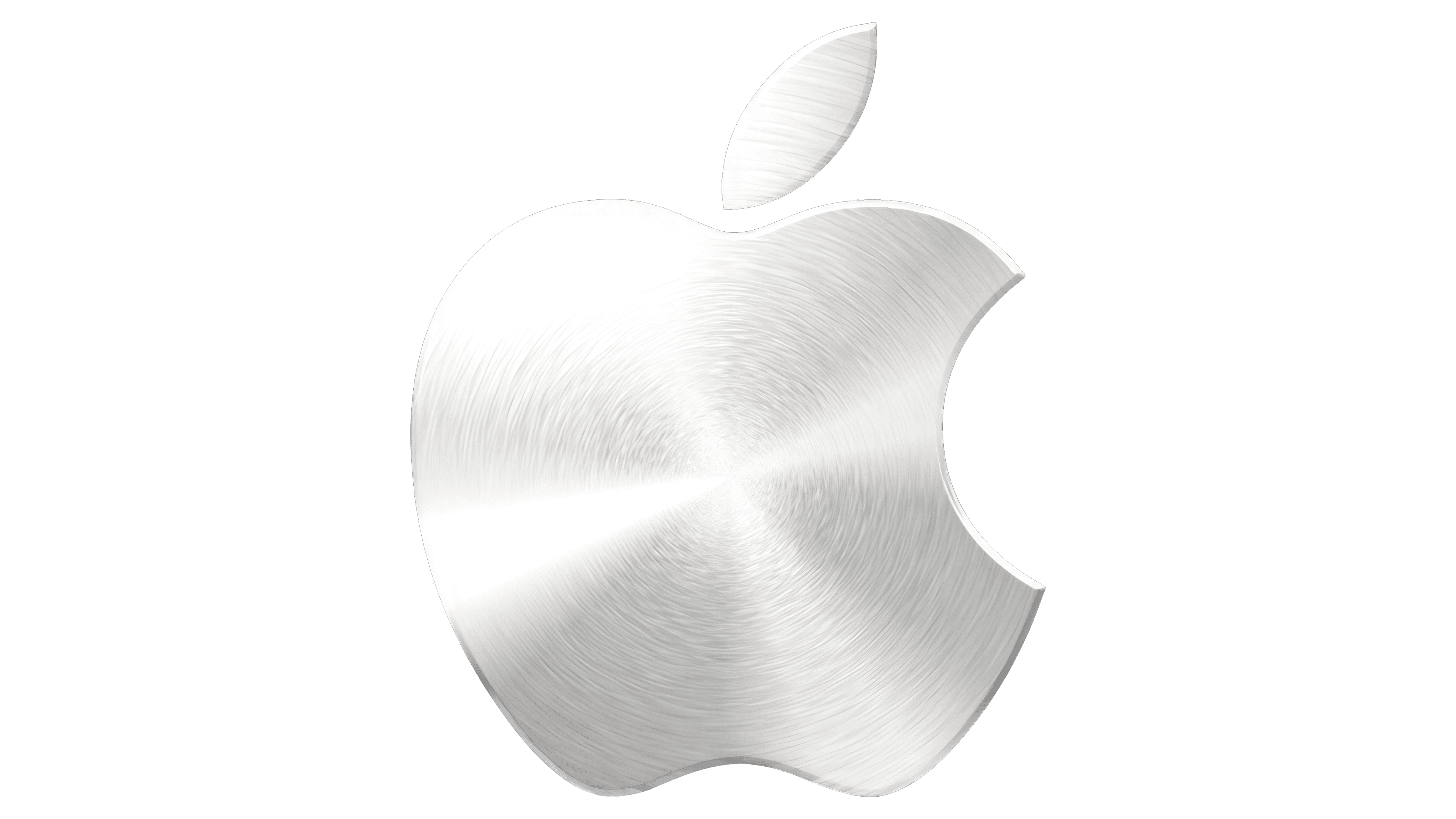
11. **Apple’s “Get a Mac” Series Highlighted Product Superiority**Fast forward once more to 2006, when Apple launched another campaign that became an instant classic: the “Get a Mac” series. This brilliant campaign, which ran for three years until 2009, featured actors Justin Long as the cool, capable Mac and John Hodgman as the often-flustered and problem-prone PC. The ads cleverly and humorously highlighted the distinct advantages of Macs over PCs, focusing on ease of use, superior reliability, and sleek design in a brilliantly relatable format.
The campaign’s remarkable success was anchored in its highly relatable and consistently humorous approach. The characters of Mac and PC became instantly iconic, embodying a playful rivalry that everyone could understand. The ads masterfully communicated the clear benefits of choosing a Mac in a way that was not only highly engaging but also incredibly memorable, avoiding dry technical jargon for witty banter.
“Get a Mac” resonated deeply with an incredibly wide audience, from devoted tech enthusiasts keenly following every development to everyday consumers simply seeking a better computing experience. This campaign significantly contributed to Apple’s rapidly growing market share and fostered a fierce sense of brand loyalty among its users, becoming one of the most successful and beloved advertising series in history.
Apple’s enduring advertising strategy brilliantly demonstrated the power of using humor and relatable characters to effectively communicate product benefits and forge a strong, distinctive brand identity. It proved that sometimes, a good laugh is the most effective way to convey a powerful message.
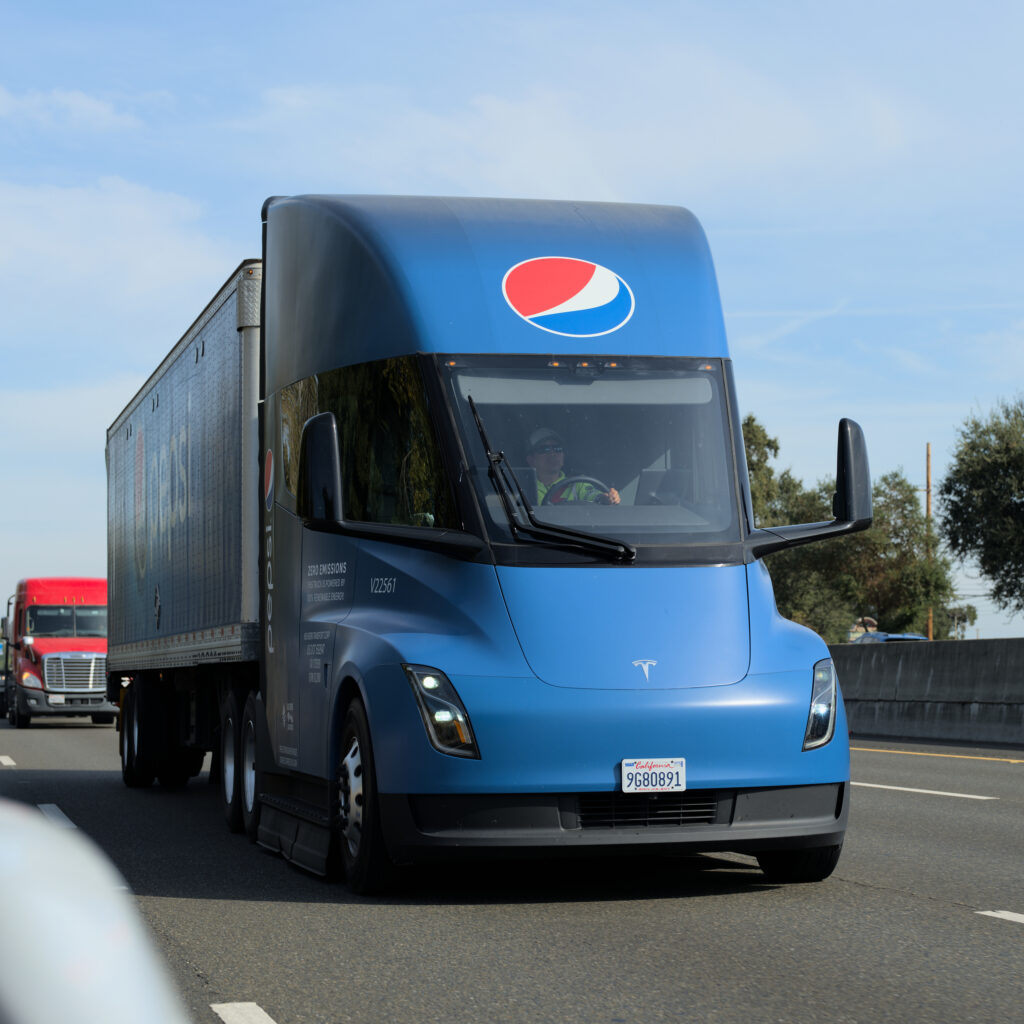
13. **Pepsi’s “The Pepsi Challenge” Created Consumer Engagement**In the mid-1970s, Pepsi threw down the gauntlet with a bold and truly innovative campaign that reshaped the cola wars: “The Pepsi Challenge.” This groundbreaking initiative directly invited consumers to participate in blind taste tests, comparing the taste of Pepsi against its formidable rival, Coca-Cola. The primary objective of the campaign was simple yet audacious: to definitively prove that, when tasted without brand bias, people overwhelmingly preferred the sweeter taste of Pepsi.
The campaign’s phenomenal success was largely driven by its interactive and deeply experiential approach. It didn’t just tell consumers something; it actively engaged them directly, creating a palpable sense of excitement and healthy competition among participants. The compelling results of these taste tests, which often favored Pepsi, were then prominently featured in subsequent advertisements, directly challenging Coca-Cola’s long-standing dominance in the market.
“The Pepsi Challenge” generated an enormous amount of media coverage and sparked widespread public interest, significantly helping Pepsi gain valuable market share and boost its brand recognition. It powerfully demonstrated the efficacy of direct consumer engagement and innovative marketing methods in creating a successful and impactful campaign that truly resonated with the public.
Pepsi’s advertising strategy clearly highlighted the critical importance of involving consumers directly in the brand experience and employing innovative, often audacious, methods to challenge competitors and drive brand preference. It was a masterclass in experiential marketing before the term even existed.
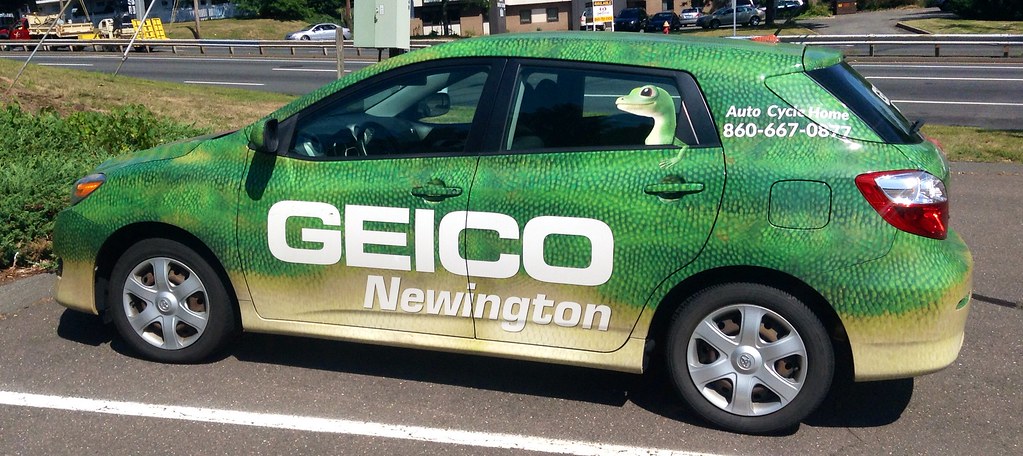
14. **GEICO’s “Hump Day” Made Insurance Fun**Bringing our journey closer to the present, in 2013, GEICO launched a commercial that managed to make the notoriously mundane topic of insurance genuinely fun: the “Hump Day” ad. This uniquely humorous spot featured a talking camel, affectionately named Caleb, walking through an office on a Wednesday, excitedly asking various employees if they knew what day it was. The ad’s memorable punchline, delivered with enthusiastic flair, “Hump Day!”, instantly became a viral sensation across the globe.
The campaign’s overwhelming success was entirely driven by its infectious humor and universal relatability. It brilliantly took a typically dry and uninteresting topic like insurance and transformed it into something lighthearted and engaging. The ad’s incredibly catchy and memorable punchline helped it to stand out dramatically in a crowded advertising landscape and deeply resonate with an incredibly wide audience, transcending cultural barriers.
“Hump Day” powerfully demonstrated the sheer effectiveness of humor in advertising and showcased how a simple, undeniably funny concept could create a lasting cultural impact far beyond its initial run. The ad’s viral success significantly contributed to GEICO’s well-earned reputation as a brand that masterfully uses humor to connect with consumers on a personal, everyday level, cementing their playful image.
GEICO’s advertising strategy brilliantly showcased the paramount importance of creativity and humor in making a brand memorable and engaging, even within industries that are typically perceived as dull or uninteresting. It taught us that a good laugh can indeed be the best policy for brand recognition and lasting impact.
***
From the audacious statements of Apple’s “1984” to the laugh-out-loud antics of GEICO’s “Hump Day” camel, these vintage TV ads are far more than just relics of bygone eras. They are vivid testaments to the enduring power of creativity, wit, and psychological insight in marketing. In today’s frenetic marketplace, where so much content is transient and fleeting, these iconic campaigns offer a rare, cherished peek into the past, brimming with sentimentality and profound cultural significance. They remind us that the human desire for connection, inspiration, and a good story remains timeless.
By carefully understanding their ingenious influence, brands today can harness the potent power of nostalgia and apply these foundational principles to forge lasting emotional connections with discerning consumers. As we celebrate these remarkable artifacts from our history, we don’t just admire their nostalgic charm; we recognize their persistent, undeniable impact on our culture, our commerce, and the very fabric of how we communicate. These ads truly changed the world, and their lessons resonate just as strongly today.



